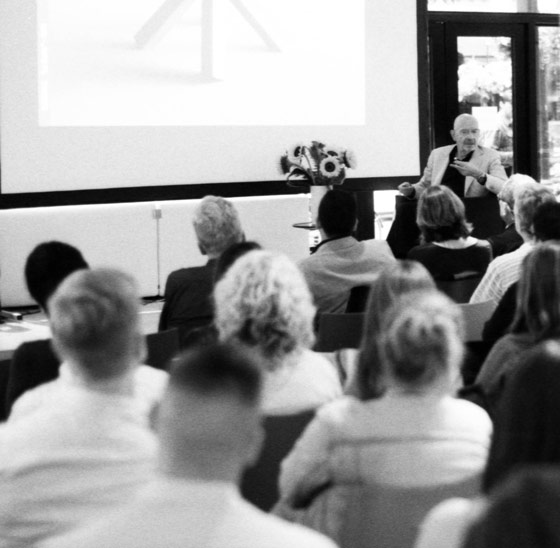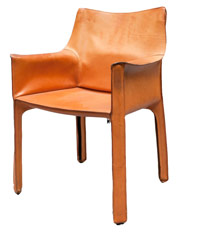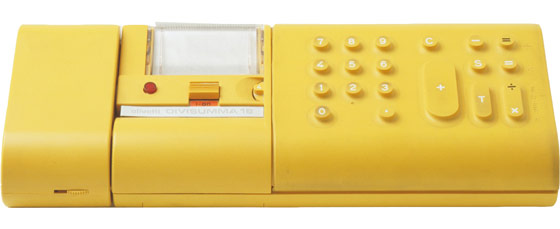
Last month, we had the pleasure of hosting Mario Bellini – iconic Italian Architect and Designer – who shared his thoughts on his work and inspirations since the 1960’s. Prior to his talk, we took Mr. Bellini to see the Museum of Anthropology, designed by our local favorite Arthur Erickson. This mildly Brutalist building seemed to please Mr. Bellini – it’s sensitivity to the environment, and use of materials spoke to some of Bellini’s work which he described at length to us later that evening…
Bellini is a fascinating designer, and someone who has helped mold Modern design since he graduated from Milan Polytechnic with a degree in Architecture in 1959.
He is the winner of 8 Compasso d’Oro awards and the MoMA holds 25 of his designs in their permanent collection. Throughout his career he has moved between the worlds of design, architecture and interior design by applying design principals on a variety of scales. His many influences are diverse and range from the human body to classical architecture, fashion, and animals.

B&B Le Bambole Sofa – Original Advertisement 1972
His work has been driven by experimentation and innovation in materials and by an attempt to create pieces – large or small – that reveal the structure beneath the surface. This endeavour has led to longtime collaborations with manufacturers such as Cassina, B&B, FLOS and other masters of their trade who together with Bellini researched new materials in order to create original and groundbreaking designs.
There is a clarity of intent that runs through all of Bellini’s work – he walked us through some of his influences (sharks, holy cows, dinosaurs, women’s clothing, amongst others) – and no matter how diverse the starting point, the realized project is always ultimately a simple distillation of the idea and is always true to himself.

One of his most iconic pieces – the Cab Chair, designed in 1977, produced by Cassina (image left) – is based on the idea of skin being stretched over a skeleton to create a comfortable and durable seat. Visually however, the Cab chair bears closer resemblance to Plato’s “idea of a chair” than to any of Bellini’s more anatomical references.
Bellini has also worked on a grand architectural scale – producing buildings around the world that have a lightness and ephemeral quality despite their sheer size. For the Museum of Islamic Arts at the Louvre Museum in Paris, Bellini created a translucent roof that was inspired by a sandstorm in a desert. The result is a space that glows with golden light, and whose roof seems to float above the pavilion effortlessly.

Museum of Islamic Arts at the Louvre Museum in Paris 2012
All of Bellini’s work did not go into production: his ‘Kar-a-Sutra’ which was commissioned and designed in 1972 for a show on Italian Design at the MoMA in New York remained a prototype. This concept car, created in collaboration with Cassina, Citroen, and Pirelli – has been credited as being one of the influences on the modern day Mini Van, and SUV. Bellini wanted to create a moving platform that could adapt to it’s users. It had maximum functionality with a minimally intrusive structure.

Citroën concept car ‘Kar-a-Sutra’ 1972

On the mass production side – Bellini was the chief design consultant at Olivetti from 1963 to 1991, and produced an impressive range of typewrites, calculators and other devices with them. He also created one of the first handheld portable EP record players in 1968 (Minerva – Pop Automatic Record Player model GA 45, image right) and a film camera for Fuji.

Olivetti Divisumma 18 – 1973
At dinner after the talk, Bellini was jovial and excited – he a lovely man, with a dry sense of humour, and an unending fascination with the world. And despite having been in the industry for over 50 years, Bellini doesn’t seem like he is going to be slowing down anytime soon.

Grazie mille signore Bellini!